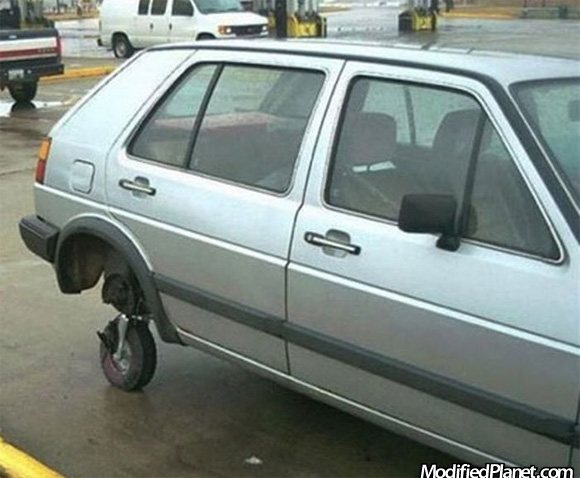GregLocock
Automotive
PJGD- the VW cars fail consistently and spectacularly, not just spikes.
Figure 4.31 in the UWV report shows cumulative distribution of NOx emissions for vehicle B (Passat with SCR), split by test route. The 50th percentile emissions for each route varies from about 3 to about 20 times the EPA limit, there's only one test route (out of 5) where the NOx emissions even briefly meets the standard.
As such, yes, the values of 25 and 40 are rare, but virtually all the time the car is running at a substantial multiple of the EPA limits.
In comparison the X5 runs within 3 times of limit all the time, except for one type of test, and for several of the test routes stays well below EPA limit for 75-90% of the time.
Cheers
Greg Locock
New here? Try reading these, they might help FAQ731-376
Figure 4.31 in the UWV report shows cumulative distribution of NOx emissions for vehicle B (Passat with SCR), split by test route. The 50th percentile emissions for each route varies from about 3 to about 20 times the EPA limit, there's only one test route (out of 5) where the NOx emissions even briefly meets the standard.
As such, yes, the values of 25 and 40 are rare, but virtually all the time the car is running at a substantial multiple of the EPA limits.
In comparison the X5 runs within 3 times of limit all the time, except for one type of test, and for several of the test routes stays well below EPA limit for 75-90% of the time.
Cheers
Greg Locock
New here? Try reading these, they might help FAQ731-376

